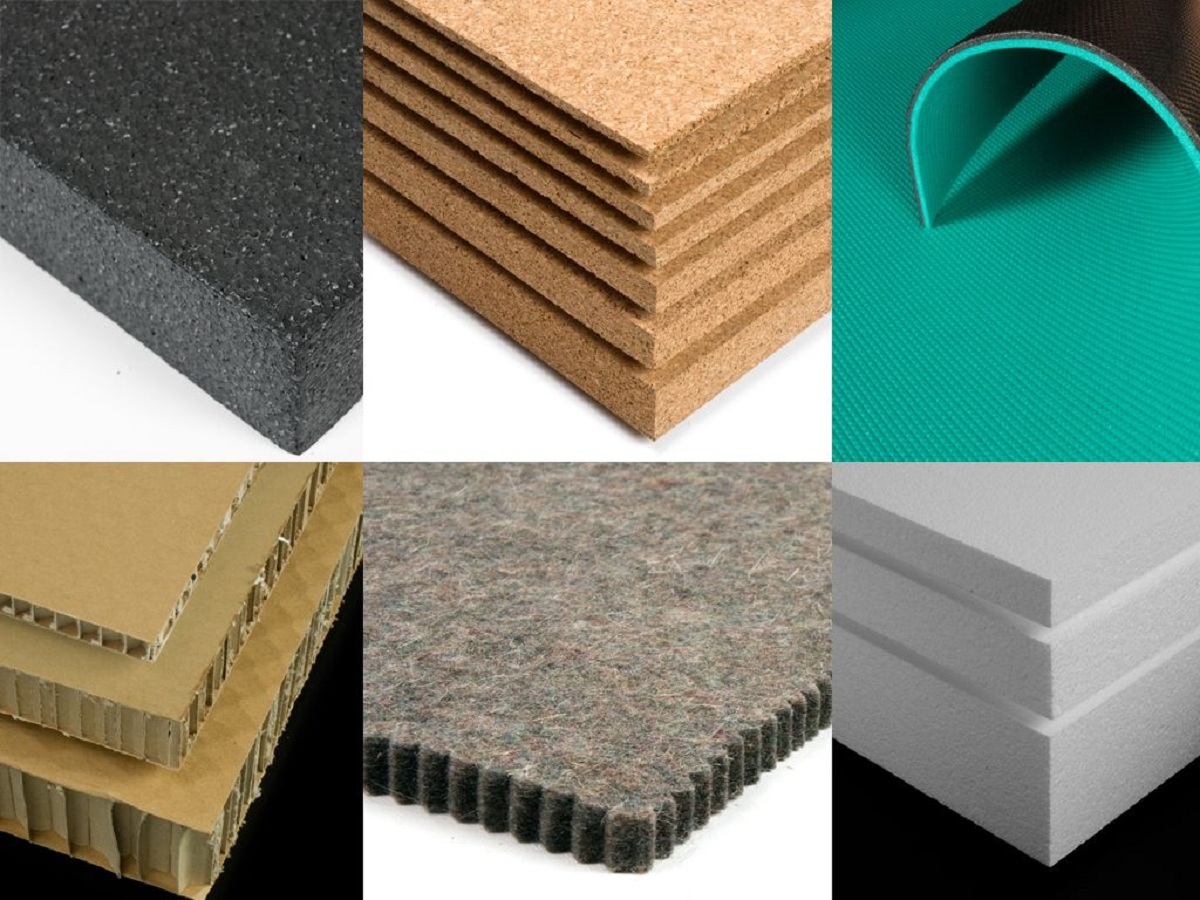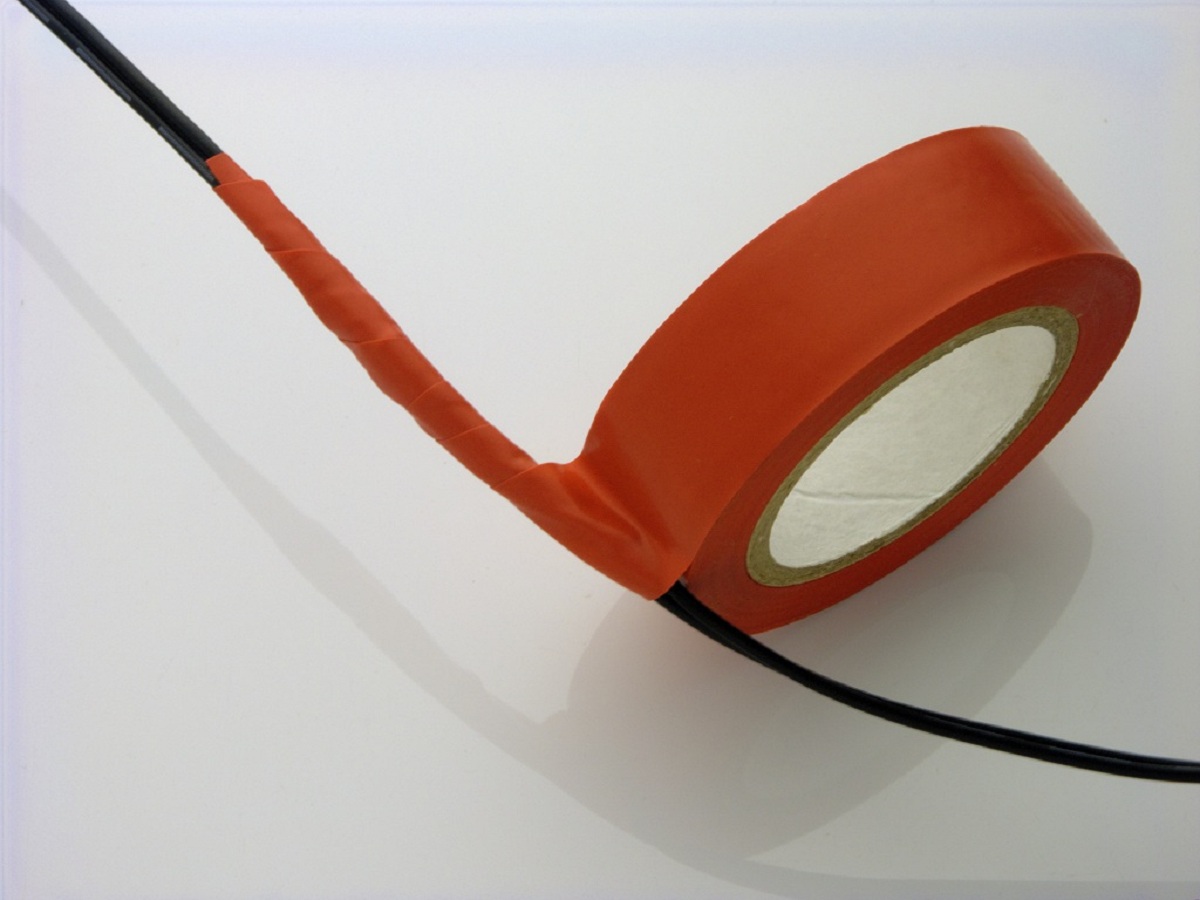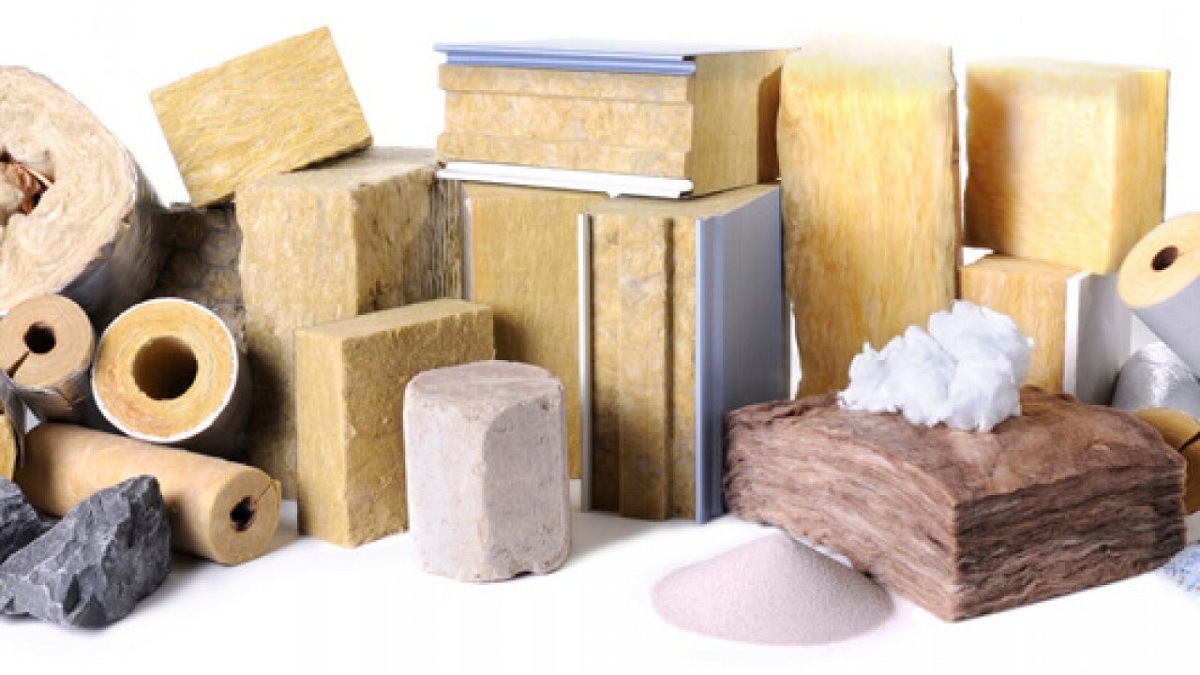
Materials can be classified into Insulating materials or conductors, depending on whether they readily conduct electricity. This classification depends on how close together the electrons are in their structure, as this is an indication of the energy required to make them move (i.e. conduct electricity) within the material. This distinction is useful up to a point. For example, fused silica is an insulator 10 trillion times more massive than copper, so the two are often referred to as excellent insulators and conductors, respectively. Metals and undistilled water are considered good conductors, while plastics and glass are good insulators.
In this article we tell you everything you need to know about insulating materials, their characteristics and usefulness.
Key features

Chemically pure water is an insulating substance. In nature, however, it exists in solutions of other substances that have ions in their structure with relative degrees of freedom of movement. In this case, these solutions are very good electrical conductors.
Strategies to prevent accidents caused by electrostatic buildup include increasing surface conductivity by increasing relative humidity. Many times, humidification systems are installed for this purpose and are integrated into air conditioning units. Moist air conducts electricity and prevents surface charging.
Contrary to popular belief, thermal insulators are not exactly the opposite of thermal conductors. It is true that thermal conductors have less resistance to heat transfer, but it can be said that all substances (even if they are few) They are thermal conductors. including thermal insulation.
In fact, almost any object or substance that is heated will become hot. The difference is that a certain resistance is much longer before this temperature change occurs. This allows certain materials to be used as insulation. They are materials with sufficient heat resistance for their intended use. Therefore, one of the best thermal insulators is the vacuum itself, since there is nothing to heat.
Thermal insulation can be used for countless purposes, such as covering aircraft cabins or reinforcing enclosed areas surrounded by high temperatures. Some of the specific insulating materials that have legal validity are expanded polystyrene, mineral wool (rock wool), kapok board, extruded polystyrene, polyurethane foam or expanded cork.
Properties of insulating materials

While it is clear that the performance of insulation materials changes with each passing day, there is a “standard catalogue” that everyone should be aware of, given its ease of access and usefulness for power restoration projects. Understanding its capabilities and how it works requires three factors: thermal conductivity, thermal resistance and thermal transmittance.
According to the manufacturing process, the materials are differentiated and organized in:
- Materials of synthetic organic origin: For example, all materials derived from raw materials such as petroleum. They are found in plastics.
- Materials of inorganic origin: these materials are not derived from plant or animal cells, nor are they related to the carbon domain (eg, glass wool blankets).
- Materials of organic natural origin: materials derived from animal or vegetable compounds (for example, hemp fibers)
Examples of insulating materials

Let's see what are the best known examples of insulating materials:
- Wood: Conductive due to the presence of salt and moisture. It is often used for different structures and rods.
- Silicate: Insulating material, mainly found in insulators. It can be aluminum silicate (in hard porcelain) or magnesium silicate (in talc or forsterite). In the first case it is a good support for the heating conductor.
- Expanded clay. It is made of natural clay and is used as an aggregate for mortar and concrete, improving the insulating capacity of different construction sectors.
- Oxide ceramics. For spark plug insulation, or for use at high temperatures.
- Glass. Short and medium voltage insulation, no moisture absorption but easy to bruise.
- Cork: Low weight and low density material, that allows to place multiple layers, increasing the efficiency of the cork. It is also a very waterproof insulator.
- Eraser. The flexibility of rubber gives it its power, as it can generally withstand many deformations without breaking and returning to its original shape. Foam rubber is also an insulating material and can also be used as a soundproofing material.
- Ceramics. It is a good insulator with low moisture absorption and high impact resistance. It is often used in the electrical industry.
- Aluminum oxide. For fire insulation parts and spark plug insulation.
- Plastic. It is one of the best insulators because the tightness of its particle bonds makes it nearly impossible for electrons to break free.
Thermal insulation
First, we discover synthetic insulators. These are very effective RTD materials at relatively low prices. If these synthetic materials are combined with other types of materials, they can also be used as acoustic insulation.
The most common synthetic insulating materials are:
- reflective roll They come in one or more rolls and consist of polyethylene bubbles and foil layers. Its thickness can vary depending on the climate in which it is going to be built. They are reflective thermal insulators. They are used more where the climate is balanced and uniform.
- Expanded Polystyrene (EPS). It is a material that provides good thermal insulation without much thickness, that is, less material is required. Its use on the floor is not recommended, so it is recommended to place it on partition walls or fill the gaps between them.
- Extruded polystyrene (XPS). It is the most used material to isolate the temperature of a home. Material very similar to the previous one, but resistant to humidity and a lot of weight without deforming. In addition, it is made up of thin sheets that take up very little space.
- polyurethane. Another of the most used thermal insulation materials, the most important, is well known. It can be used in the form of foam or in the form of rigid panels. It has good thermal conductivity. Its use is very common in interior walls and false ceilings, or as custom foam in air chambers or cracks that need to be filled. The main drawback of this material is the extraction of non-renewable materials and therefore low fire protection.
I hope that with this information you can learn more about the different insulating materials that exist and what their characteristics are.